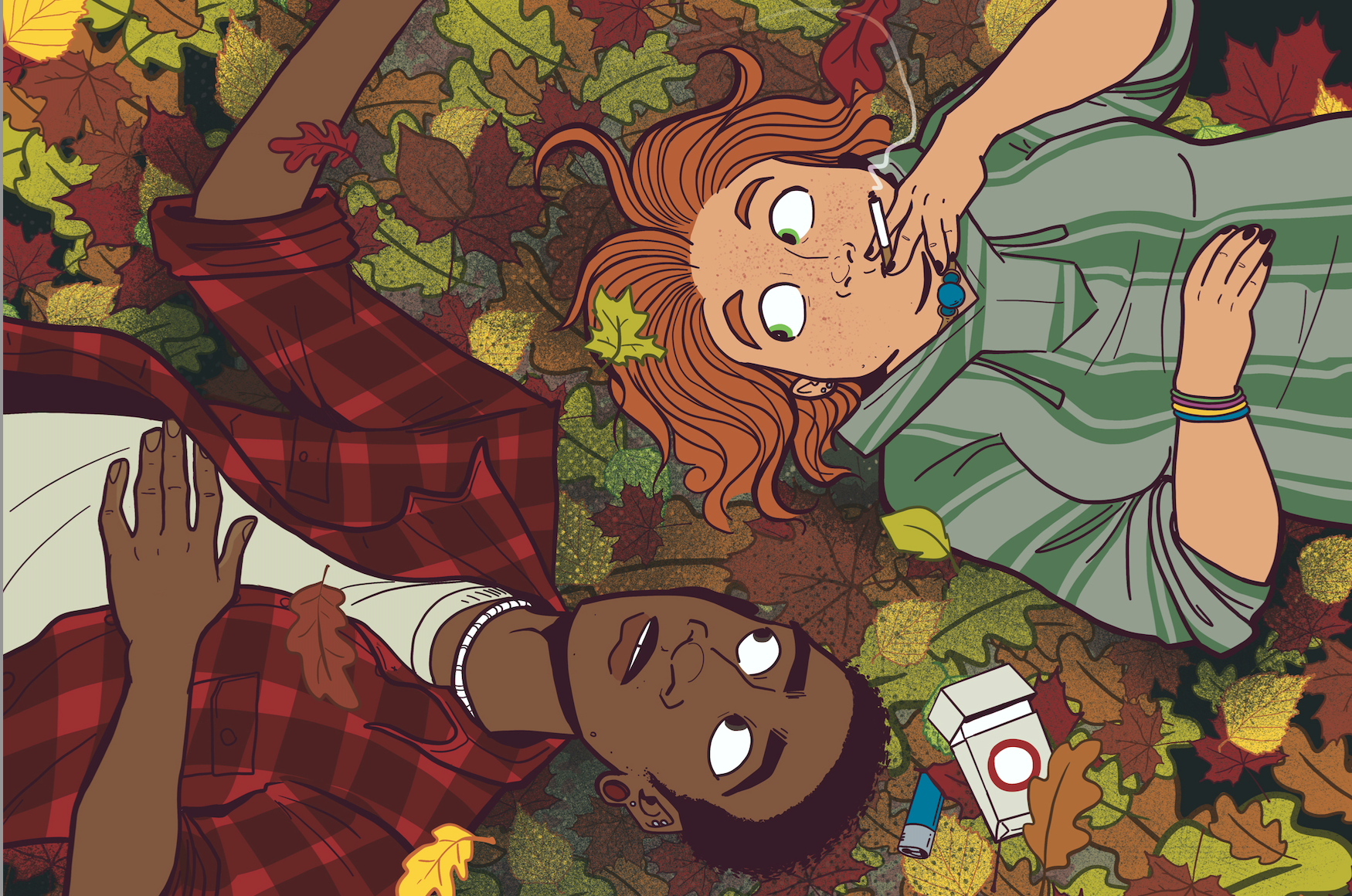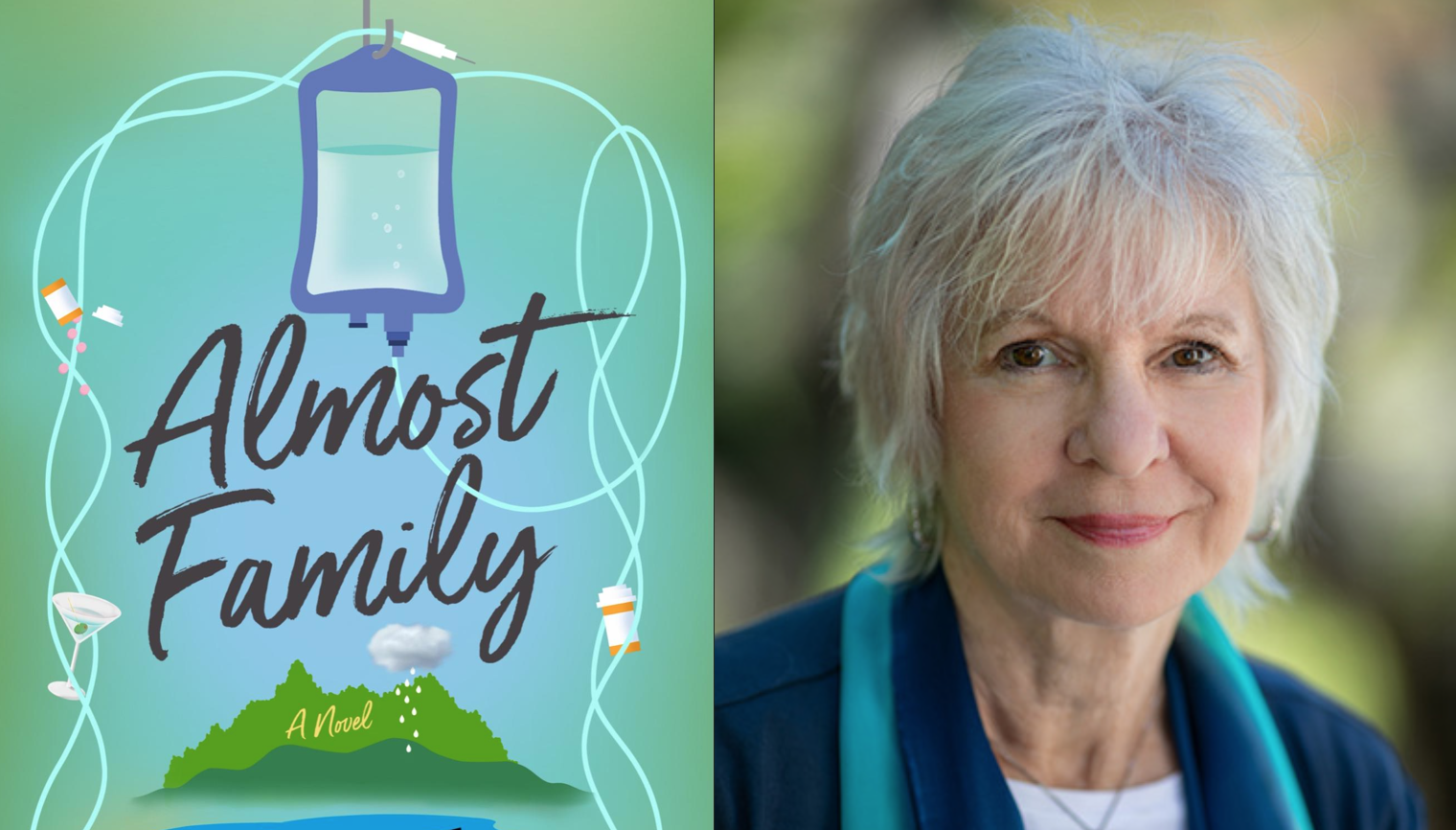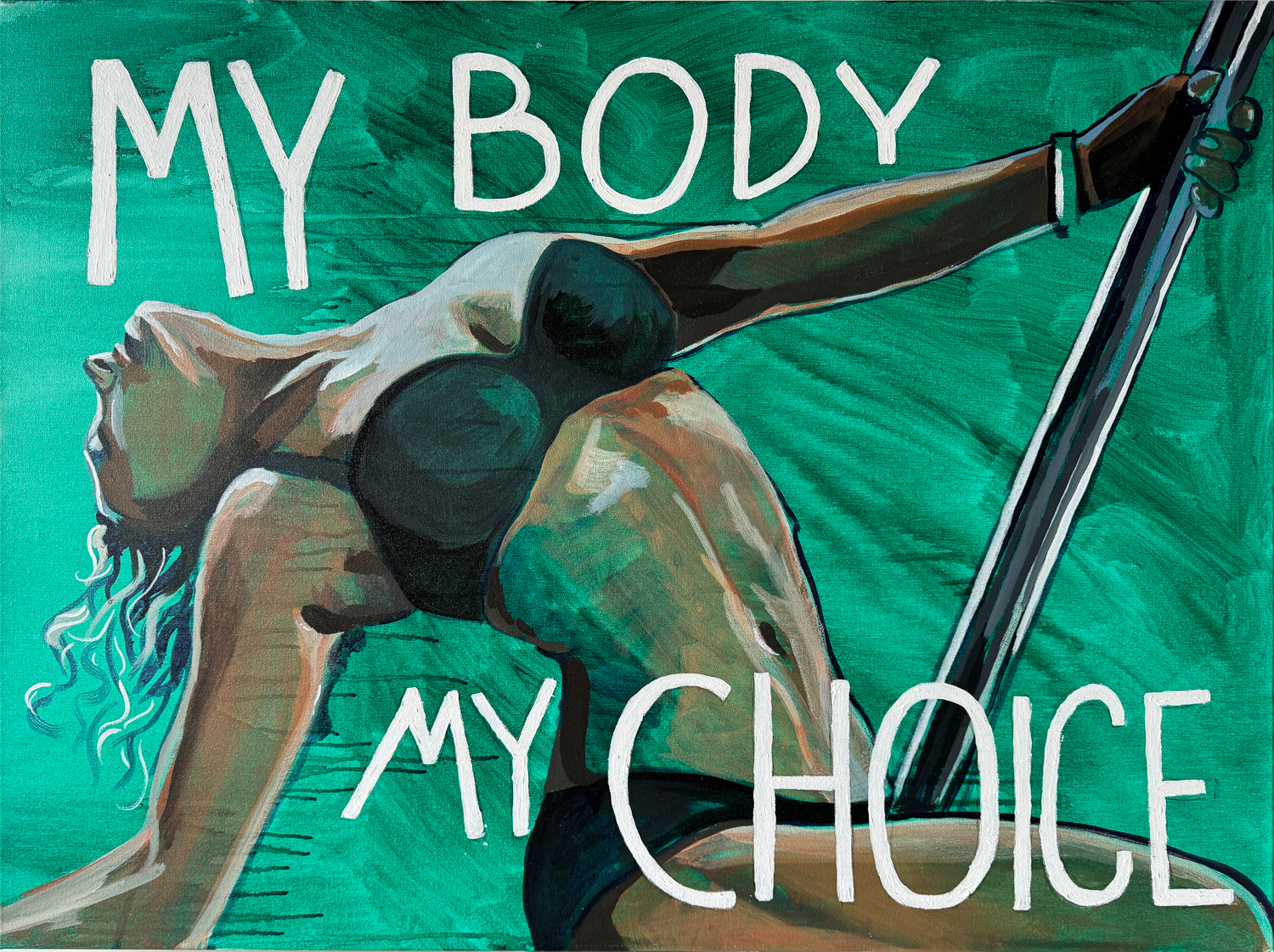
With nearly two million people behind bars at any given time, the United States has the highest incarceration rate of any country in the world, according to the Prison Policy Initiative. It’s also no secret that the majority of people behind bars are Black, Brown and Native men. But a data point that we need to pay attention to is the fact that the number of incarcerated women is rising faster than men today.
The Sentencing Project reports that between 1980 and 2021, the number of incarcerated women increased by more than 525%, rising from a total of 26,326 in 1980 to 168,449 in 2021. There are approximately 976,000 women under the supervision of the criminal justice system.
“Some of the most overlooked and vulnerable women in American society are in prisons and jails,” writes The Sentencing Project Executive Director Amy Fettig, in the Afterword of a new photo book titled ‘Done Doing Time: Portraits of Life After Prison’, by photojournalist and documentarian Hinda Schuman, published by Daylight Books.
“In fact, while only 5 percent of the world’s female population lives in the U.S., our country accounts for nearly 30 percent of the world’s incarcerated women,” she continues.
It is quite sobering to think of the larger impact the U.S. prison system has on the everyday lives of women, and their families. In Hinda’s new book, we are offered a candid look into the lives of two of these women, who Hinda has known for over a decade, through volunteer work in the city of Philadelphia.
Hinda met Concetta and Linda while volunteering at New Directions for Women, an alternative to incarceration residential program for women in the Philadelphia prison system. She would bring a bag of fresh fruit for the women, and they would all talk, learn skills like how to read a map, and listen while Hinda read aloud books like ‘Diary of Anne Frank’, and ‘Alice in Wonderland’. She then began photographing them, including annual formal portraits they could send home to their loved ones.

As a long form documentary photographer, Hinda immerses herself over years and allows the stories to unfold through the images. She has known Linda and Concetta for close to 15 years and as the knowledge of each other grew in depth and resonance, so did the stories told through photographs.
The images gathered in book form in ‘Done Doing Time: Portraits of Life After Prison’ were all taken from 2018-2022 after the women were released from prison. The photographs show them in their homes and neighborhoods, and with the people in their family.
The color photographs provide a window into the daily lives of both women, with Schuman’s composition style finding and honoring the balance of humanistic elements in faces and gestures revealing certain aspects of their lives, along with the details of physical spaces within homes and in neighborhoods informing of other elements.
Hinda’s essay in the book gives insight into the very real daily life efforts and circumstances both women are navigating.
“Linda worked at a diner in the heart of the heroin and opioid drug trade in Philadelphia. Every day (and she worked seven days a week) she walked past the swaying shells of people, the dropped needles, and the offers to buy. She kept walking. Concetta made places in her small apartment for her two daughters and granddaughter. It was family life: TV shows, laundromat trips, getting meals together. Concetta was an anchor to her children and the neighborhood. Linda was trying to get her mother and brother off heroin, while keeping herself safe and busy,” she writes.
The statistics around women in prison mentioned earlier imply ongoing and profound challenges of different kinds once the women are released and working to integrate back into their communities and build sustainable lives. ‘Done Doing Time’ turns a compassionate and authentic lens on this particular aspect through the collaboration with Linda and Concetta, and we had the opportunity to speak with Hinda about the book, documenting the lives of Linda and Concetta, and what she wants others to know about life after incarceration.
[Trigger warning: mention of drug use and suicide.]

How did the idea for your ‘Done Doing Time’ project come about?
I would visit Concetta and Linda as they set up their new lives outside of prison. My camera was with me. I would photograph without a clear plan. As I photographed their new lives, I sensed that I wanted to do more. As I spent more time, they opened up more. I began to see that there was a story I wanted to tell.
As a photographer and documentarian, what was it about the women you volunteered with that made you want to share their stories?
Actually, it was as a teacher that I first made their acquaintance. In that role I saw and heard about their lives prior to prison, and during prison. This was new to me on a first-person level. Every woman I met had something to teach me about the system and about their lives, I was learning about who gets locked up and why, I was learning about the insidiousness of drug dependency and how every woman’s story had a unique angle to it.
Storytelling is a powerful way to connect with people we may not otherwise meet or know about. How do you hope this book will allow viewers to connect with the women who are featured, and have empathy/understanding about their experiences?
I have always been a storyteller. It became clearer to me when I began to photograph. I am a great believer in the power of the story and even as a young person I wondered what lives were like in that neighborhood over there, or driving down a street in the back seat of the family car I would ask myself what people who lived in those houses with the lights on were doing?
My hope is that the powerful personalities of Concetta and Linda will show others that women get stuck, trapped, neglected, abused, traumatized, and are left to cope on their own. They end up without a support system or they override what system they had. These are real people with compelling stories, and I hope that the subtleties of their experiences and their dreams will inform viewers that they are not all bad or all good or all any one thing.

What were some of your own biases that you had to overcome during this process, and what did you learn from New Directions?
Let me tell you about Myra. Myra was first in prison and then at NDFW for vehicular homicide. This was something I was clear about: If you get behind the wheel of a car while drunk and kill someone, you deserve to be locked up almost forever. Clear to me.
But then I got to know Myra. She was the one who told me if I just committed a crime, I could move into NDFW. She also told me that she had my number. She certainly did. She wanted a certain face cream or mystery novel? I brought it. I met her daughter, son, grandson, and photographed all of them. I learned about the tragedies in Myra’s life. I began to cut her some slack. As horrible an act as killing someone with a car is, it wasn’t intentional. She had family at home who loved her and needed her. She was a human being carrying this tragedy for the rest of her life.
The family who lost a loved one suffers immensely. What could make this any different? I don’t know. But my thoughts about who should be tossed away into a prison forever, changed. I followed Myra for a while. Her son died by suicide while in high school. Her husband died of an overdose. Her daughter was studying for a master’s degree and would call me periodically. Loss and struggles and gains beyond anything I could imagine.
This is one story of many. What I learned mostly perhaps was that I ended up loving every one of the women I met. Except, for maybe one or two of them. They were fighting so hard to change course. Some would make it. Many would not.
Having followed these women for quite some time, what surprised you most about their experiences and life after incarceration?
I was surprised that they had so much love left in them to give. I was surprised at their mention of trusting in a God so often. I was surprised by how much street knowledge they had, and that knowledge counted in their survival. If there was a test on surviving without much back up, without much money, without family support, without the system robbing you at every turn, these women would have Ph.Ds and corner offices.

Amy Fettig from The Sentencing Project wrote the Afterword for your book. How did her expertise shed light on certain issues and statistics around formerly incarcerated women?
I had not realized how many women in the USA are in prison. I did not realize the percentage of increase over the past 20 years of women ending up in prison. I saw the women of NDFW as individuals not part of a vast systematic attempt to make women suffer for what was done to them.
There is growing knowledge about the fact that the US is home to the largest prison population in the world, and the rates of women incarcerated is growing faster than men. What are some of the issues you want readers to know about this system as they get to know the women through your images?
I want readers/viewers to understand these two women as unique people. I also want people to understand that there are thousands more in the same pile of quicksand as they are. I want people to know that the waste of human potential is real. I want readers to understand that many of these women could be huge successes in life (in their own terms, and societies’) if we paid attention to rates of poverty, sexual violence, learning differences, and abuse and neglect, as well as childhood trauma and demons swirling around in women’s heads.
Through your documentation process, how do you ensure humanization of your subjects, and how do you work to portray these women in a way that can generate empathy?
I cannot ensure anything – and I do not work to generate empathy. It’s just there in the photographs because they are two amazing women, who I trust and who trust me. They love and respect me. And the same is true about how I feel about them.

Can you tell me about taking annual portraits for some of the women that they were able to share with their families and loved ones?
I do not remember how the idea came about. I think it was around Mother’s Day and I thought how cool it would be to have the women do their hair and make-up and make portraits that I would print, and they could send to their children or their mothers. Many of the women had gained the weight they lost on the street and had had their teeth fixed. So, they were looking pretty darn good. Then we also took small group photos, so they had photos of themselves with their best friend in house. These could be the basis of a family album for their “new” family. We did these portraits each year for several years on Mother’s Day and the winter holidays.
What do you hope people will walk away thinking about the most, after viewing the images in ‘Done Doing Time’?
I hope that people realize that drug addiction is often a coping mechanism for holding on when trauma, violence, fear, and abandonment are the most common forces in a life. It is not a recreational hobby. Not every woman is incarcerated for drug related offenses. Many are. Some are there because they fought back against abuse. Some are there because they had no idea how to deal with rage.
I hope people will see through the strutting and power playing that these are gentle and kind people who make every effort to rescue others. I also want people to understand that getting off drugs, making a home, re-uniting with family is not one smooth step forward. It is more like dodging bullets and going from trench to trench to easy chair and then falling off a cliff. Some women get to the point where they have succeeded and are living a life, they are happy with. But what courage it takes.
You can see more of Hinda Schuman’s photography by ordering a copy of ‘Done Doing Time: Portraits of Life After Prison’.
All Photographs are copyright Hinda Schuman from the book Done Doing Time published by Daylight.

















